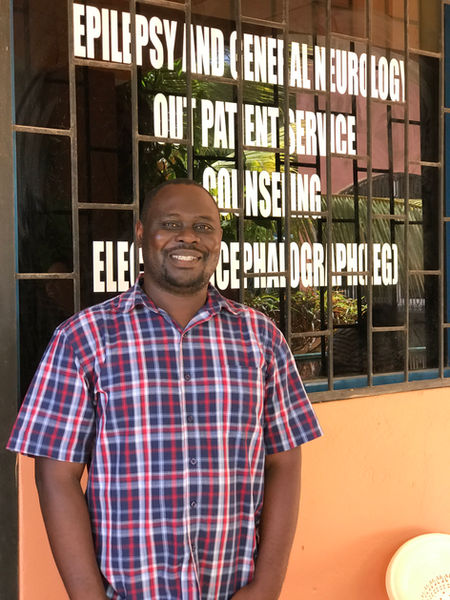
KENYA
Kilifi
Fig. Kilifi Bridge, Kilifi County, Kenya
KEMRI WELLCOME TRUST
The KEMRI-Wellcome Trust Research Programme is an internationally renowned research unit within the IN-DEPTH demographic and health surveillance site. The program hosts over 100 research scientists and 700 support staff working across Kenya, Uganda, and in the East African region. The research unit is based within the KEMRI Centre for Geographic Medical Research, Coast – one of 12 centers of the Kenya Medical Research Institute (KEMRI). The program was formed in 1989 when the Kenya Medical Research Institute formed a partnership with the Wellcome Trust and the University of Oxford.
The KEMRI-Wellcome benefits from multiple intersecting research platforms, including:
-
a demographic surveillance system covering a quarter of a million residents,
-
a research-level neuroscience unit partnered with the county hospital,
-
state-of-the-art laboratories,
-
a vibrant community engagement program.

KEMRI-WELLCOME RESEARCH PLATFORMS


KEMRI-WELLCOME LABORATORIES
A portion of the blood samples from NeuroDev will be frozen and stored in Kilifi, Kenya at the KEMRI-Wellcome Laboratories. The KEMRI-Wellcome laboratories support microbiology, immunology and clinical diagnostic labs and all the laboratories are accredited to Good Clinical Laboratory Practice (GCLP) standards. There is a sequencing and molecular typing facility, cellular immunology, category 3 laboratories, and an insectary. The laboratories have capacity for high-throughput DNA extraction and diagnostic PCR, capillary and next generation sequencing and micro-array work. They conduct cellular immunology using multi-parameter flow cytometry, ELISPOT assays and functional antibody assays. In addition, they conduct liquid chromatography–mass spectrometry for proteomic and metabolomic work. The developing bioinformatics facility includes provision for local and internationally generated sequence data with computational facilities.
KILIFI HEALTH AND DEMOGRAPHIC SURVEILLANCE SITE (KHDSS)
The Kilifi Health and Demographic Surveillance System (KHDSS) was established in 2000 as a record of births, pregnancies, migration events and deaths and is maintained by 4-monthly household visits. The study area was selected to capture the majority of patients admitted to Kilifi District Hospital. The KHDSS has 280 000 residents. At the hospital, morbidity events are linked to the KHDSS in real time by a computer search of the population register. Linked surveillance was extended to KHDSS vaccine clinics in 2008.

GALLERY

KEMRI-WELLCOME NEUROSCIENCE UNIT
Within its Neuroscience Unit, the KEMRI-Wellcome hosts one of few active neuroassessment centers in sub-Saharan Africa. This center has five climate-controlled assessment rooms for neurocognitive tests, which run alongside a clinical facility. The Neuroassessment Centre is slightly removed from the County Hospital and structured around a quiet courtyard, making it more conducive to children with sensory deficits and autism spectrum. The Centre also has a soundproof room for the administration of event-related potentials and caters to a large case group of children with epilepsy. Outside of the Neuroassessment Centre, the Neuroscience Unit occupies three offices on the grounds of Kilifi County Hospital.
COMMUNITY ENGAGEMENT TEAMS
The cornerstone of research success at KEMRI-Wellcome is community involvement. Dedicated community engagement and community liaison teams provide centre wide support to all researchers.
Specifically:
The KEMRI Community Representatives is a group of over 200 elected volunteers from the Kilifi community who assess the acceptability of proposed research protocols among community members and shares findings.
The KEMRI Liaison Group connects researchers to the Community Representatives, and ensures that community opinion is heard in discussions regarding communications, consent and protocol development.
These teams organize regular interactions with opinion leaders and a network of community representatives, the Schools Engagement Programme, social media and regular open days. The work also includes online interaction with secondary schools.





















